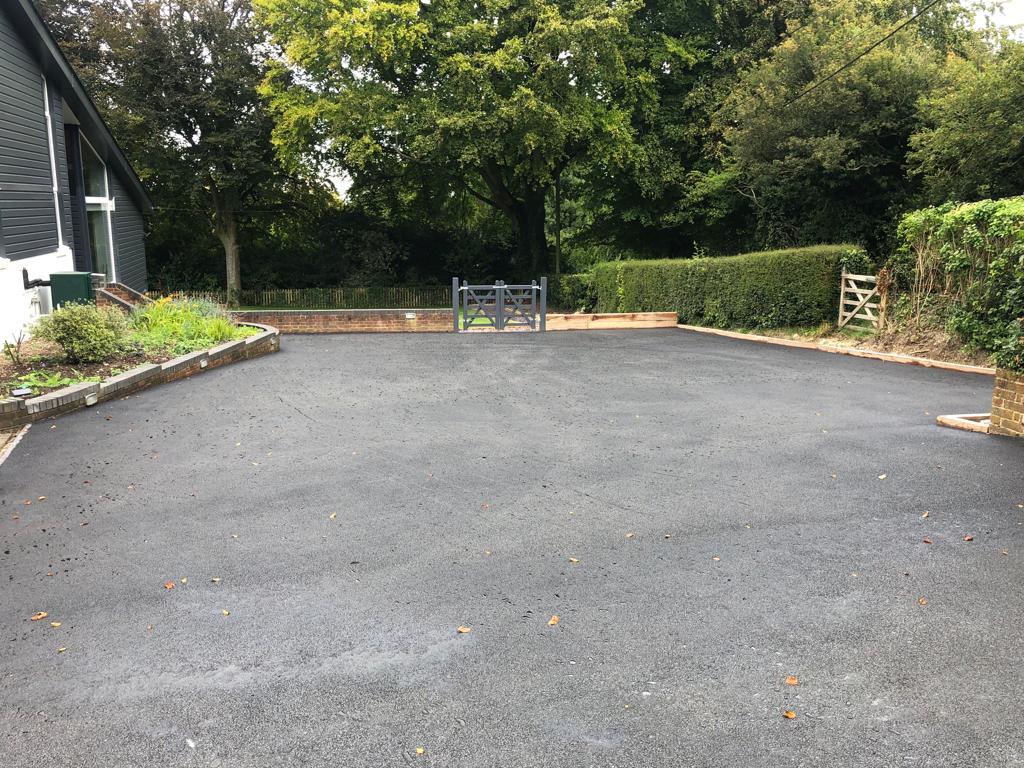Hardstands are essential for commercial yards, industrial facilities, agricultural operations, and high-traffic vehicle access areas. They’re expected to handle constant loading, weather extremes, and surface wear—yet many hardstands suffer premature failure due to design or maintenance oversights. At Camberwell Road Tech, we provide professional asphalt and bitumen hardstand services throughout Camberwell, VIC, and we’ve seen first-hand how early issues can be avoided with the right planning and preventative care.
Cracking Due to Inadequate Base Preparation
One of the most common causes of hardstand failure is a poorly prepared sub-base. When the underlying ground isn’t properly compacted or stabilised, the surface layer bears more stress than it should, leading to cracking and eventual collapse.
Prevention tips:
- Conduct a geotechnical assessment before construction
- Use graded and compacted crushed rock or stabilised sub-base materials
- Ensure moisture content and compaction levels meet industry standards
- Allow sufficient curing time before applying asphalt or bitumen
Rutting from Overloading
Rutting appears as depressions or grooves in wheel paths and is often caused by repeated overloading or poorly distributed weight. While asphalt is flexible, it must be supported by a structure capable of withstanding frequent vehicle use.
Prevention tips:
- Choose the right surface thickness based on expected load
- Design reinforced zones for areas subject to turning or frequent stops
- Use multiple lifts of asphalt with proper compaction for heavy-duty applications
Drainage Failures Leading to Surface Erosion
Water is a leading contributor to hardstand degradation. When drainage is overlooked, standing water can weaken the sub-base, erode the surface, and promote crack propagation.
Prevention tips:
- Grade the surface to ensure water runoff
- Install spoon drains, kerb inlets, or grated channels in low areas
- Avoid ponding around loading zones, bays, or entry points
- Regularly inspect and clear drainage features of debris
Edge Crumbling from Lack of Support
Hardstand edges often experience concentrated wear, particularly where vehicles frequently mount or dismount. Without edge restraint, these zones can crack, crumble, and eventually undermine the structure.
Prevention tips:
- Install concrete kerbs or flush edge restraints
- Compact shoulders and adjacent ground to prevent undermining
- Avoid abrupt elevation changes between the hardstand and surrounding surfaces
Surface Raveling and Binder Loss
Raveling occurs when the aggregate on the surface begins to loosen, often due to binder failure or UV exposure. This not only affects grip but accelerates the deterioration of the surface layer.
Prevention tips:
- Apply a high-quality binder during spray seal or asphalt laying
- Reseal surfaces every few years to restore protection
- Use aggregates suited to local traffic and climate conditions
- Avoid overexposure to fuel, oils, or chemicals that degrade the binder
Poor Material Selection
Using the wrong materials for the specific demands of your site can drastically reduce the lifespan of the hardstand. For example, light-duty surfaces in high-traffic areas will fail far sooner than correctly designed heavy-duty pavements.
Prevention tips:
- Consult with professionals to determine the appropriate materials and thickness
- Use high-performance bitumen for long-lasting durability
- Avoid cutting costs on base and binder layers—it’s where most structural value lies
Lack of Scheduled Maintenance
Even the best hardstands require routine upkeep. Minor cracks, blocked drains, or small potholes can quickly turn into major failures if neglected.
Prevention tips:
- Schedule periodic inspections, particularly after heavy rainfall or high-use periods
- Patch cracks and potholes early to avoid spreading damage
- Reapply bitumen seal or overlay when surface wear becomes visible
Conclusion
Hardstand failures are rarely random—they’re usually the result of missed steps in construction, poor material choices, or a lack of ongoing maintenance. By understanding the common causes and how to prevent them, property owners can ensure their hardstands deliver long-term performance with minimal disruption. At Camberwell Road Tech, we specialise in constructing and maintaining asphalt and bitumen hardstands that stand up to the demands of real-world use in Camberwell, VIC. Contact our team today for expert advice or to schedule a site inspection.
Call us on: 03 9068 7895
Click here to find out more about Camberwell Road Tech
Click here to complete our contact form and see how we can help with your driveway needs.

